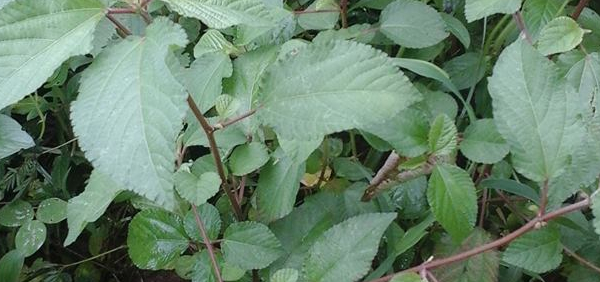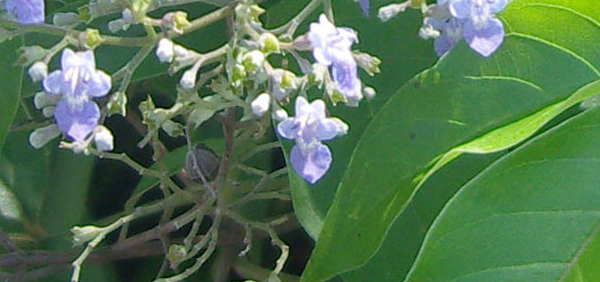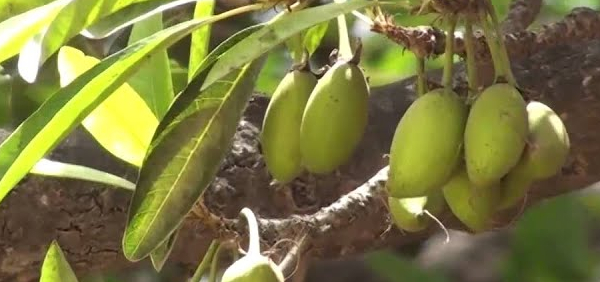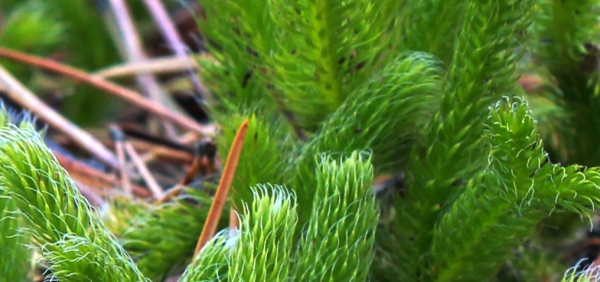kausumbha :
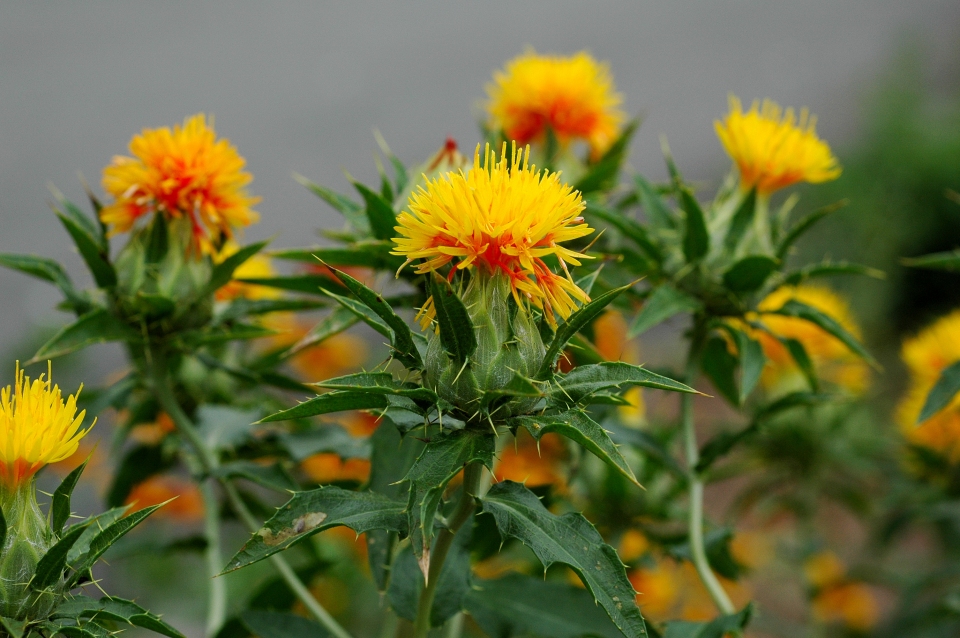
Phytochemistry:
Flowers yield a coloring principle, carthamin.
- Seeds contain a fixed oil, 28.7%; proteins, 14.11%; cellulose, 30.6%.
- Flowers yielded eight compounds: palmitic acid, 1-O-hexadecanolenin, trans-3-tridecene-5,7,9,11-tetrayne-1,2-diol, trans-trans-3,11-tridecadiene -5,7,9-triyne -1,2-diol, coumaric acid, daucosterol, apigenin and kaempferol.
-Flower petals have yielded carthamin, safflor yellows A and B, Safflormin A and C, isocarthamin, isocarthamidin, hydroxysafflor yellow A. A water fraction yielded four compounds, viz., 6-hydroxykaempferol 3-O-glucoside (1), 6-hydroxykaempferol 7-O-glucoside (2, a new compound), kaempferol 3-O-rutinoside (3) and quercetin 3-O-glucoside (4).
- Study isolated a new phenylpropanoid derivative, carthamusin A, along with two known compounds ß-daucosterol and stigmasterol
PHARMACOLOGY:
IMPORTANT FORMULATIONS – Kusumbham Guna, Kusumbhatailaguna, Kusumbha Tail Guna, Kusumbha Guna, Kusumbh Guna- » Classification and names of kausumbha
- » Synonyms and definitions of kausumbha
- » Drug Properties of kausumbha
- » Chemical Constituents of kausumbha
- » Standardization of kausumbha
- » Parts used and Dosage of kausumbha
- » Morphology and Histology of kausumbha
- » Distribution and Conservation of kausumbha
- » Cultivation of kausumbha
- » kausumbha in the market
- » Medicinal Uses of kausumbha
- » Researches and clinical trails of kausumbha
- » kausumbha in other sytems of medicine
- » Ayurvedic formulations with kausumbha
- » Images of kausumbha



